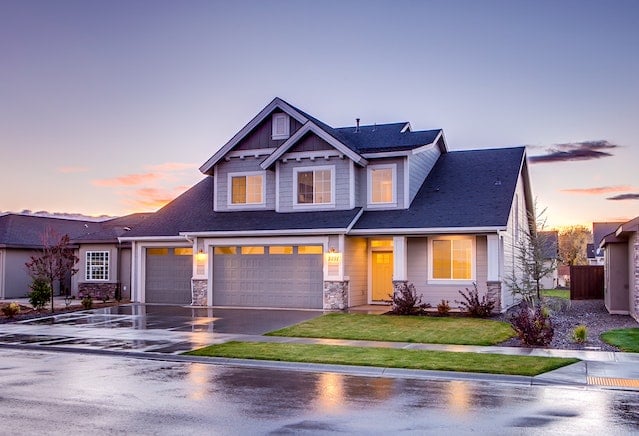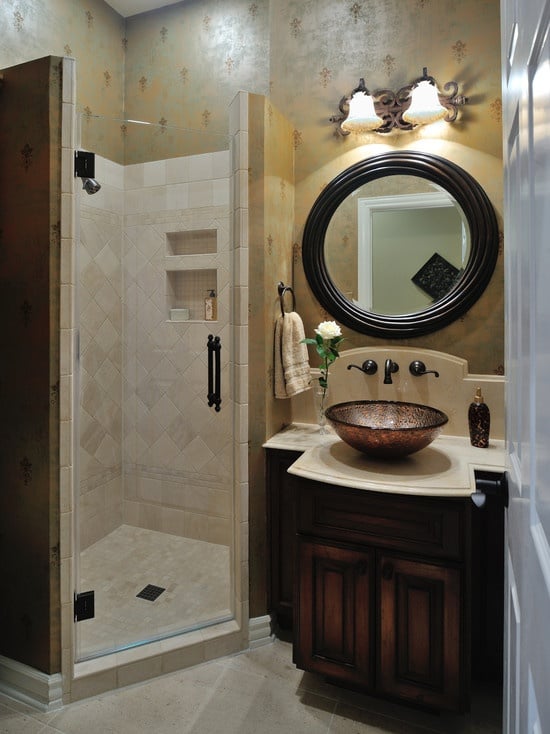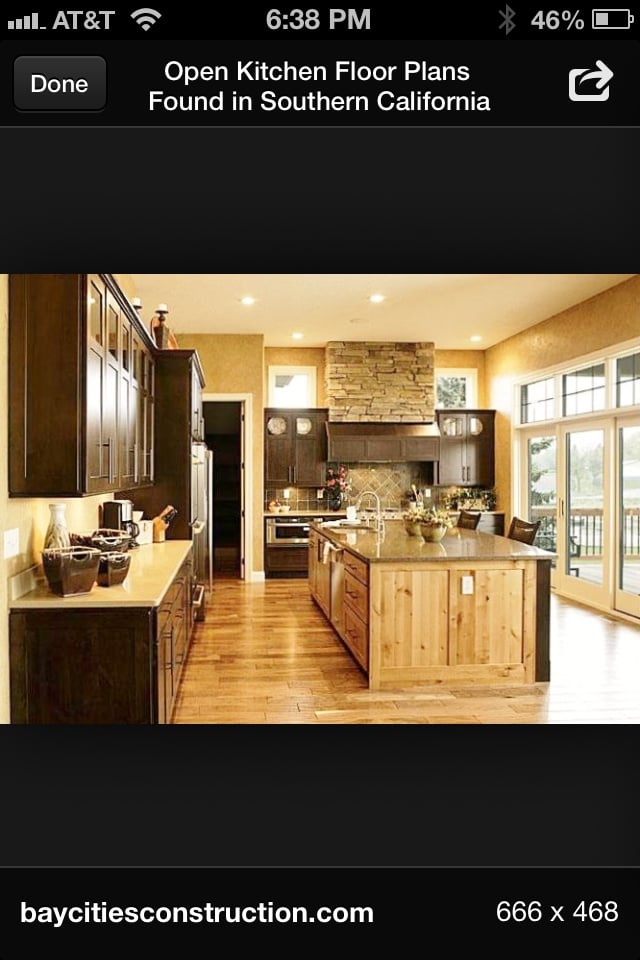The exteriors of our homes are beaten and battered by the elements all year-round. The summer months are humid and warm. Wood, metal, and even siding expand just a little bit, unseen to your eye but certainly felt by the material. In the winter months, after the humidity leaves, everything becomes dry, and the plummeting temperatures make those same materials contract. Over time, the expansion and contraction mixed with precipitation will weaken the exterior of our homes, inevitably resulting in repairs to prevent lasting damage. Well, one of the best ways to stave off the inevitable is by using the suitable materials from the start. You won’t use interior paints on the exterior of a home, you won’t use regular lumber for support beams when you should be using pressure-treated wood, and you certainly won’t use the wrong type of caulk on the exterior of your home!
Interior Caulks
The most popular caulk that’s created for use indoors is acrylic caulk, frequently known as painter’s caulk. Painter’s caulk is what you’d use inside your home, mainly when covering minor blemishes and cracks in wooden trim. It’s referred to as painter’s caulk because you guessed it, you can paint right over it with pretty much any interior paint. It’s a clever tool in any construction worker’s bag because it can be used to seal two not-so-even surfaces together, hiding unsightly blemishes.
Refractory caulk is made to be used similarly to the painter’s caulk, except it’s used on masonry rather than being used for wood. Stone, bricks, and firebricks can separate and fall apart over time. Refractory caulk is sometimes known as fireplace caulk because of the frequent use in, well, the fireplace! It’s remarkably resilient and resistant to high temperatures.
Alternatively, there is also something called masonry repair caulk, which is used for small cracks in masonry, and it’s more of a preventative caulk than a repairing caulk. When you see small cracks in your masonry projects, use this caulk to bind the surface back together and avoid completely replacing pieces.
Exterior Caulks
Silicone caulk is best used in areas loaded with moisture and water exposure. It’s costly to make, so you bet your bottom dollar that it’s costly to buy. Pure silicone caulk will virtually last forever, though. You may use it around your windows, doors, or at your eaves, and the caulk will outlast the rest of the building! Silicone caulk is often used in bathrooms because of the constant water exposure.
Butyl rubber caulk is to be used outdoors only, and it’s significantly cheaper to make than silicone caulk but arguably just as hearty. Butyl rubber caulk is a very sticky, messy, and stinky caulk. Used primarily to seal outdoor metals and masonry, butyl rubber caulks are most usually paintable so that they can match whatever surface you’re using them on.
Masonry repair caulk is the third caulk that’s frequently used outdoors. Yes, that masonry repair caulk is the one we already mentioned for indoor use. Stone is stone, concrete is concrete, and cement is cement. It doesn’t matter if it is indoors or out; so long as it’s dry, you can use masonry repair caulk to fill cracks and ensure a longer life for your masonry surfaces.
Trico Painting has the knowledge to use the right products for the right jobs. They would be more than willing to review the products needed to use on your job.





